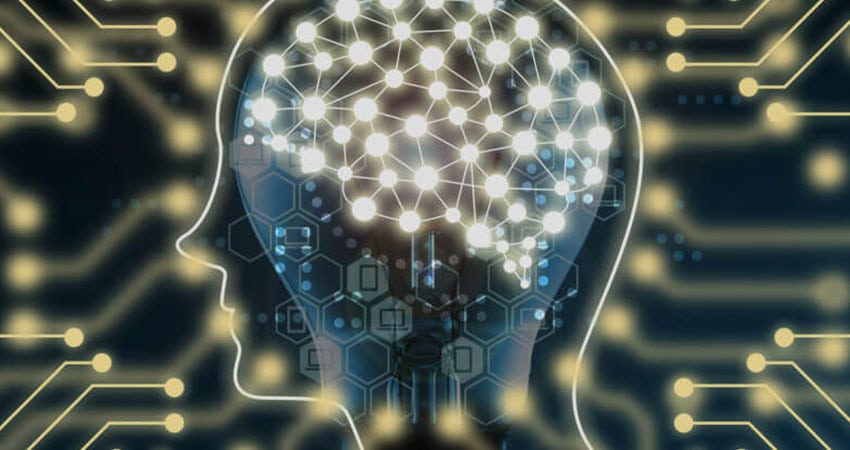We live in very interesting times. Artificial Intelligence (AI) is showing up just about everywhere we look. Chatbots are having in-depth, multi-level conversations with customers, and can even respond appropriately to emotions they sense. Walmart is testing shelf-scanning robots that are designed to scan the aisles for waning inventory, missing products and inaccurate prices. Amazon Go is removing the checkout line from the in-store experience. Across retail, AI is enabling faster decisions and greater convenience at a scale that was previously not possible.
Not everyone is on board with this. People have been worrying for some time about whether AI could replace human intelligence. Elon Musk made headlines when he predicted that AI would someday pose a risk to human civilization. It’s anyone’s guess what might happen in the distant future, but for now, decision-making is more likely to be a beneficial, symbiotic relationship between man and machine that is powered by AI but guided by people.
Currently, AI is very good at optimizing towards a clear goal. It has been extremely effective in extracting data from multiple sources, enriching it, classifying it at scale and with speed, and generating insights. In the retail industry, it has been used to make online recommendations to help customers find the right products, and even predict customers’ future needs. For example, KFC is trying to use AI-powered facial recognition software to recommend fast food items their customers may want to eat.
However, AI falls short when goals are not clearly defined, or when multiple, competing outcomes need to be evaluated. It struggles to account for less quantifiable or intangible factors, such as reputation or brand image. In these instances, human intelligence is better at making judgments. For these reasons, man-machine augmentation is the sweet spot, combining human and artificial intelligence to enable better informed and more intelligent decision-making.
This augmented decision-making is better when it is supported by clean data. This is because AI is only as strong as the data powering it, therefore it is critical to make sure systemic biases are removed from the data, so signals can be separated from the noise.
Let’s take the example of a B2B distributor who, following a major acquisition, found itself offering a wide-ranging product assortment that was eating into its margins. Hence, they needed to rationalize their range. Unfortunately, they didn’t do a good job of pointing their customers to alternate products for the ones that had been eliminated. Their customers didn’t always find what they were looking for and in fact, for 80 percent of the out-of-stock products, there were no suggested alternates – leading to poor Net Promoter Score and a 10 percent drop in sales.
To find a solution, product category experts worked with analysts to help them understand each category. After obtaining, reviewing and blending data, various matching algorithms were constructed based on the category manager’s feedback. On each iteration, the algorithm was further refined to provide better product matches at scale. This human + machine approach increased product coverage of alternate products from 19 percent to 78 percent, improved customer experience and resulted in a five percent increase in sales.
We indeed live in interesting times. Today, the interplay of experts, AI and data is accelerating and disrupting industries. AI no longer means ‘Artificial Intelligence’ but rather ‘Augmented Intelligence’ –an intelligent combination of man and machine.
Mihir Kittur is Co-Founder and Chief Commercial Officer at Ugam

